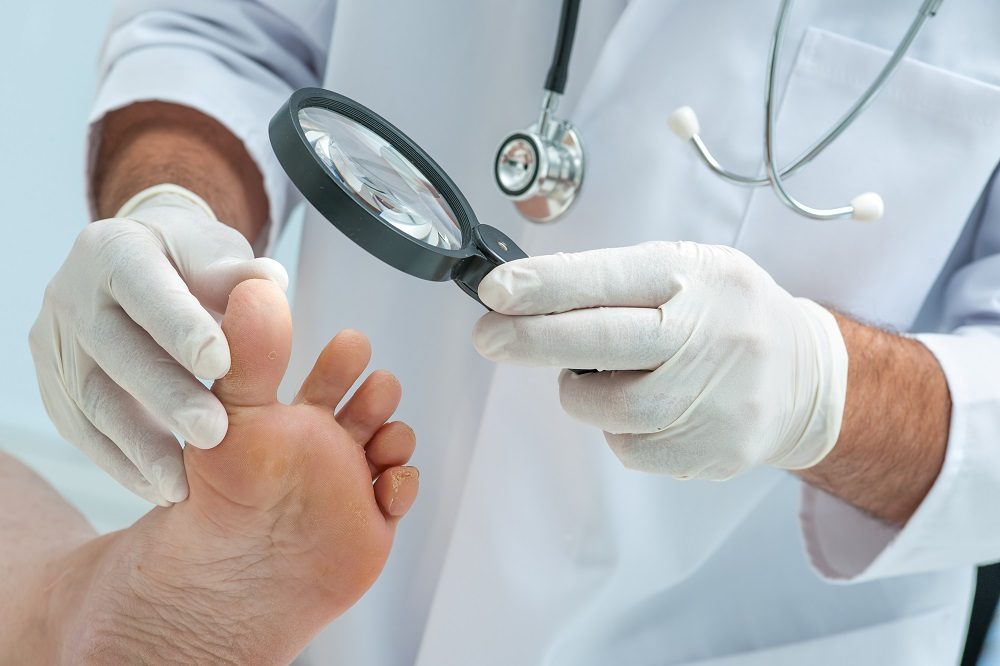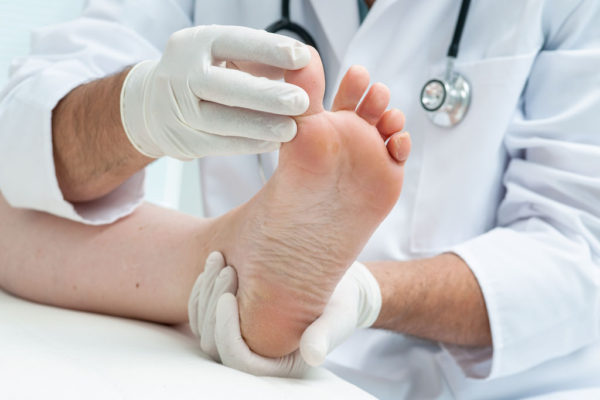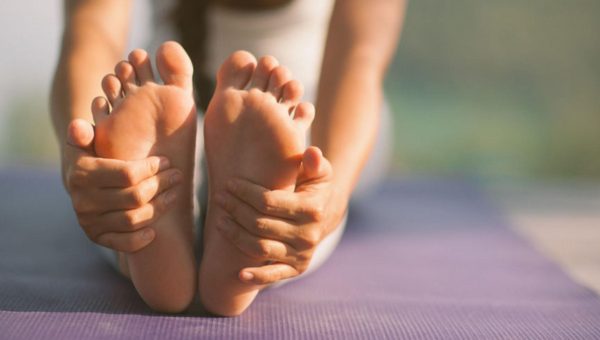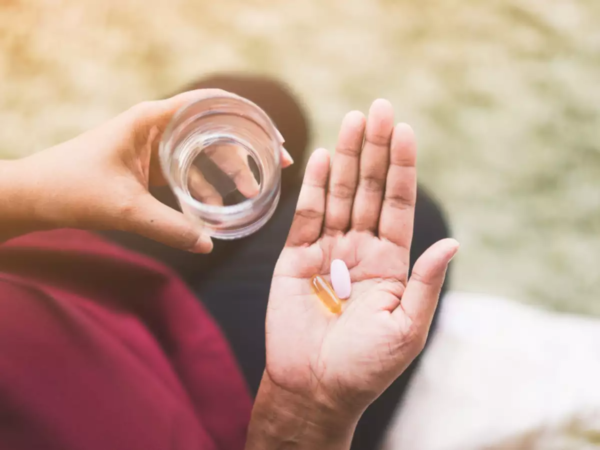Athlete’s foot is a mushroom infection that usually affects the skin between the toes. Redness appears in the creases, then the skin is dry and peels. In North America, 10-15% of adults will be affected by the athlete’s foot at least once in their lifetime. Recurrences are frequent if not treated adequately. The name derives from the fact that sportsmen frequently suffer from it. The sweat of the feet creates an ideal environment for the proliferation of fungi: wet, warm, and dark. In addition, walking barefoot on a wet floor in a public place (for example, in a sports center or at the pool) also increases the risk of contracting an infection. However, it is not necessary to be athletic or to attend training rooms to catch it.
Athlete’s Foot Cause
The parasitic fungi responsible for athlete’s foot and other fungal infections of the skin are of the dermatophyte family. They are microscopic in size and feed on the dead tissues of the skin, hair, and nails.
Most of the time, one fungus of the two following species is involved: Trichophyton rubrum or trichophyton mentagrophytes.
Athlete’s Foot Complications
- Onychomycosis: Over time, if not treated, the athlete’s foot may extend and reach the toenails. The infection is then more difficult to treat. The nails thicken and change color. See our file Onychomycosis.
- Bacterial cellulitis: This is the most complicated complication, as the most serious. Bacterial cellulitis is an infection of the deep layer of the skin by bacteria, usually of the genus streptococcus or staphylococcus.
- Athlete’s foot is one of its main causes. Indeed, the athlete’s foot can cause ulceration (more or less deep lesion) of the skin, which allows the penetration of other microorganisms in the body.
- Bacterial cellulitis creates redness and swelling of the skin, which then becomes sensitive. The infection may extend from the foot to the ankle and then to the leg. Fever and chills accompany him. Bacterial cellulitis can be very serious and you should consult a doctor as soon as possible if these symptoms appear.
Athlete’s Foot Symptoms
The athlete’s foot may have a different appearance, from one person to another, and be more or less extended.
- The skin between the toes cracks and peels. Small white skins become more numerous as the infection progresses.
- Redness appears in the infected area, as well as a burning sensation.
- A nauseating odor sometimes emanates from the feet
- Sometimes, small blisters (vesicles) filled with liquid appear
- The infection sometimes reaches the sole of the foot
Warning: The majority of people do not notice that they have contracted the athlete’s foot, as there may be no discomfort to attract attention. On the other hand, if one examines the skin between the toes, the signs are obvious.
People at Risk
- People who suffer from excessive sweating (hyperhidrosis)
- Who have diabetes
- Patients with atopic eczema
- People with weakened immune systems who struggle harder against infections: diabetics, carriers of the human immunodeficiency virus (HIV), people with a chronic or serious illness such as cancer.
Risk Factors
- Wearing too-tight shoes, or plastic or vinyl shoes, that create a damp environment
- Inadequate foot hygiene
- Walking barefoot on the often wet floors of fitness centers, changing rooms, swimming pools, or common showers
Medical Treatments
- Self-treatment with topical antifungals can be undertaken to combat infection. If no improvement is visible at the end of treatment or if the infection worsens, consult a physician. If the symptoms seem pronounced, it is better to consult.
- In addition to medication treatment, it is important to apply hygiene measures.
- If the infection is not severe, use an over-the-counter topical antifungal in pharmacies as an ointment, lotion, powder, or aerosol-based on clotrimazole (Lotrimin®), ketoconazole ( Nizoral®), or tolnaftate (Desenex®, Tinactin®). In France, ciclopirox (Mycoster®), or azoles (Fongamil®, Amycor®, Fonx®, etc.) are generally used. Contact a pharmacist if necessary.
- The duration of treatment varies from 2 to 4 weeks. It is essential to apply the treatment for the duration indicated, even if the symptoms have disappeared. These antifungals cause healing in 70% to 80% of cases.
Athlete’s Foot in General
In general, if there is a recurrence, the treatment should be resumed and the duration should be doubled. In addition, it is important to follow the hygiene measures. If foot hygiene is inadequate after treatment, there is a high probability that the infection will return. Sometimes antifungals do not completely eradicate the infection. The mushrooms can then proliferate again, especially if the feet are often moist.
If a rigorous application of topical treatments and hygiene measures do not heal the athlete’s foot, consult a doctor. It may offer another topical treatment or prescribe an oral antifungal such as itraconazole (taken for 14 days), fluconazole (for 4 to 6 weeks), or terbinafine (for 14 days). Some oral antifungals can cause significant adverse effects (intestinal problems, an allergic reaction, loss of taste (ageusia), hepatitis, etc.). It is necessary to inform your doctor.
If there is bacterial superinfection – as indicated by ulcers between the toes, fever, or a swollen foot – the bacterial infection should be treated with local or even oral antibiotics, Attacking fungal infection.




